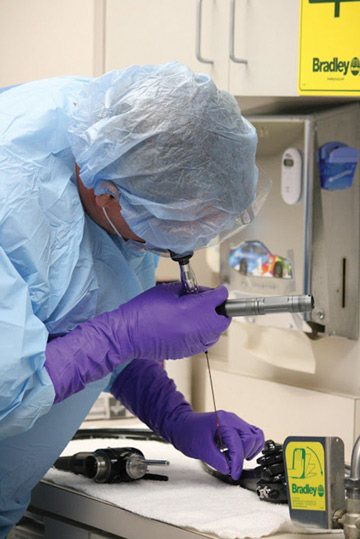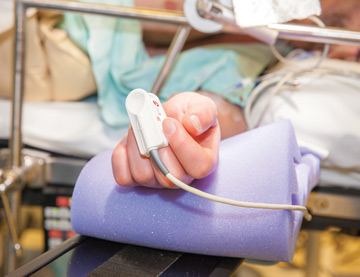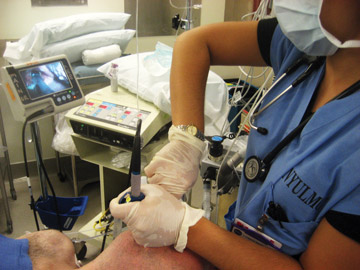The inherent challenge of providing safe surgical care increases in the fast-paced, pressure-cooker world of outpatient surgery, where the thin line between expected outcomes and adverse events can be erased with a split-second lack of focus, communication failure or honest mistake.
To find out what products and technologies facilities are using to support surgical teams in their efforts to first do no harm, we asked readers to share which safety-minded solutions are found in their ORs and reprocessing rooms. Here's what they identified as essential tools in their continuing efforts to protect patients from preventable harm.
- Non-invasive monitoring. Pulse oximetry and capnography monitors are invaluable adjuncts to basic vital signs monitoring, according to Mike Morel, CRNA, APRN, MSNA, PhD(c), co-chief of anesthesia at Volunteer Community Hospital in Martin, Tenn. Capnography measures end-tidal carbon dioxide (ETCO2) — the concentration of CO2 in exhaled breaths — to help providers confirm oxygen exchange is occurring in the lungs and alert them to a possible obstructed airway. Pulse oximetry measures blood oxygen levels to provide a real-time indication of how well patients are oxygenated.
Dr. Morel, a sworn devotee of both monitoring platforms for years, acknowledges the technologies are neither new nor innovative. He also doesn't care. "I'm an ol' dawg," says the 68-year-old Dr. Morel in a drawn out southern twang. "These monitors have saved many a patient."
- Video laryngoscopes. Most airways can be secured with a standard laryngoscope blade, which is simple to use, safe and effective. Many patients undergoing more complex surgery in today's outpatient ORs are sicker, heavier and have numerous comorbidities, factors that make managing the airway more challenging. Enter the video laryngoscope, a user-friendly airway device that provides direct views of the glottis for easier endotracheal tube placement. ?Having such a tool on hand to take most of the difficulty out of managing difficult airways is developing into the standard of care.
Positioning pads. Don't be lulled into a false sense of security when placing patients in basic supine and lateral positions, which demand attention to detail and care in order to prevent pressure injuries from forming and nerve damage from occurring. Randall Rentschler, RN, perioperative director at Artesia (N.M.) General Hospital, says his staff places a gel roll under the axilla of patients placed in the lateral position to reduce pressure on the neural plexus. When patients are supine, he adds, their arms are positioned close to their body to prevent nerve damage at the brachial plexus.
.svg?sfvrsn=be606e78_3)




.svg?sfvrsn=56b2f850_5)